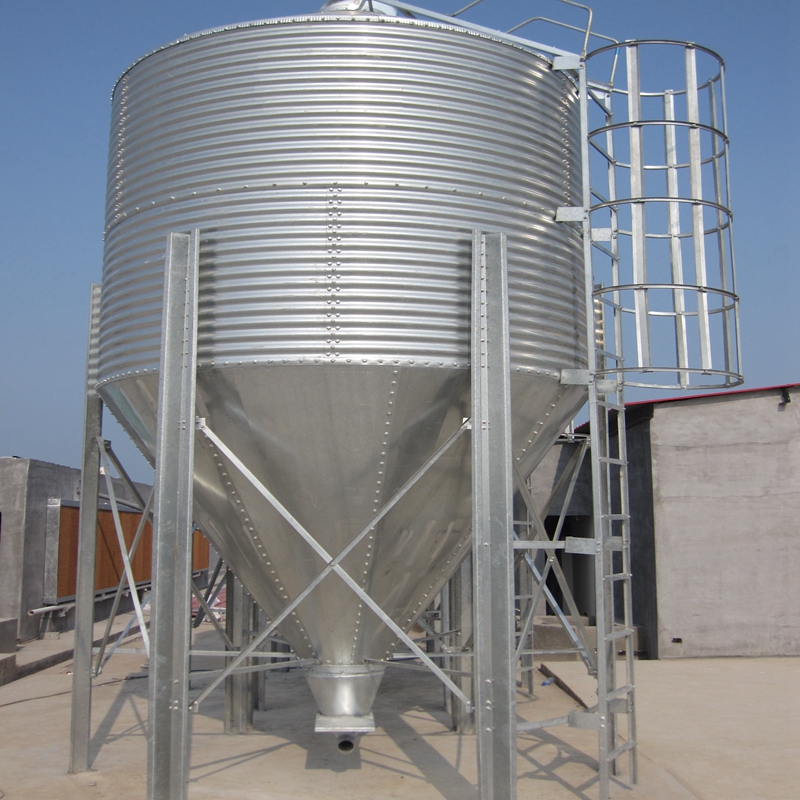Innovative Solutions for Efficient Fish Feed Mixing Techniques
Nov . 07, 2024 13:09 Back to list
Innovative Solutions for Efficient Fish Feed Mixing Techniques
The Importance of Fish Feed Mixers in Aquaculture
Aquaculture, the practice of breeding and raising fish for food, is an ever-growing sector of agriculture that faces numerous challenges, primarily due to the global demand for seafood and sustainable practices. One of the pivotal components in enhancing aquaculture productivity is ensuring the quality and effectiveness of fish feed. This is where fish feed mixers play a crucial role.
Fish feed mixers are specialized equipment designed to blend various components of fish feed to achieve a homogeneous mixture. The right blend is essential for providing the required nutrients that fish need for growth, health, and optimal production. In aquaculture, the formulation of fish feed involves combining different raw materials, including proteins, carbohydrates, vitamins, and minerals. Each ingredient serves a distinct purpose, which emphasizes the importance of precise mixing.
One of the primary benefits of using fish feed mixers is consistency. A well-mixed feed ensures that each pellet contains the same nutritional value, promoting uniform growth among fish. If the feed is not mixed properly, some fish may receive too much of certain nutrients while others might not get enough, leading to imbalances that can affect their health and growth rates. This uniformity is crucial not only for the fish's well-being but also for the economic viability of aquaculture operations.
Moreover, the efficiency of feed conversion is significantly improved with the use of high-quality fish feed mixers. Feed conversion ratio (FCR) is a critical metric in aquaculture, representing the amount of feed required to produce a unit of fish. A lower FCR indicates better efficiency, which is essential for maximizing output while minimizing costs. By ensuring a consistent and well-optimized feed mixture, fish feed mixers help producers achieve lower FCRs, thus improving profitability.
fish feed mixer

Advanced fish feed mixers also contribute to the sustainability of aquaculture practices
. As global fish populations dwindle due to overfishing, aquaculture provides a viable alternative to meet the rising demand for seafood. However, sustainability involves not only responsible sourcing of raw materials but also optimizing feed formulations. Fish feed mixers enable aquaculture producers to experiment with alternative ingredients, such as plant-based proteins or by-products from other industries, thus reducing reliance on fishmeal and promoting a more sustainable feed composition.In addition to sustainability, feed quality plays an important role in disease prevention. Properly nutritionally balanced feed can enhance the immune systems of fish, making them less susceptible to diseases. An effective fish feed mixer ensures that the vitamins and minerals necessary for boosting immunity are evenly distributed throughout the feed, providing fish with the best chances to thrive in their environments.
Furthermore, with the advent of technology, modern fish feed mixers come equipped with features that enhance their functionality. Automated control systems and real-time monitoring devices allow for precise adjustments during the mixing process, ensuring optimal feed quality. Some mixers even integrate software that can assist in managing feed formulations based on fish growth stages, feeding habits, and nutritional requirements. This adaptability makes them invaluable tools in modern aquaculture operations.
While the initial investment in a fish feed mixer may seem significant, the long-term benefits far outweigh these costs. Increased efficiency, better feed quality, and superior growth rates of fish contribute to higher yields and profitability. In a competitive industry where margins can be thin, optimizing feed production with advanced mixing technology is a smart business decision.
In conclusion, fish feed mixers are an essential piece of equipment in the aquaculture industry, contributing to better feed quality, improved fish health, and greater sustainability. As the demand for seafood continues to rise, and the challenges facing aquaculture become more pronounced, investing in effective fish feed mixing technology is not just beneficial—it's imperative for the future of sustainable fishing practices. The integration of science, innovation, and technology has made it possible to meet these challenges head-on, paving the way for a more efficient and responsible aquaculture industry.
-
Hot Sale 24 & 18 Door Rabbit Cages - Premium Breeding Solutions
NewsJul.25,2025
-
Automatic Feeding Line System Pan Feeder Nipple Drinker - Anping County Yize Metal Products Co., Ltd.
NewsJul.21,2025
-
Automatic Feeding Line System Pan Feeder Nipple Drinker - Anping County Yize Metal Products Co., Ltd.
NewsJul.21,2025
-
Automatic Feeding Line System - Anping Yize | Precision & Nipple
NewsJul.21,2025
-
Automatic Feeding Line System - Anping Yize | Precision & Nipple
NewsJul.21,2025
-
Automatic Feeding Line System-Anping County Yize Metal Products Co., Ltd.|Efficient Feed Distribution&Customized Animal Farming Solutions
NewsJul.21,2025






